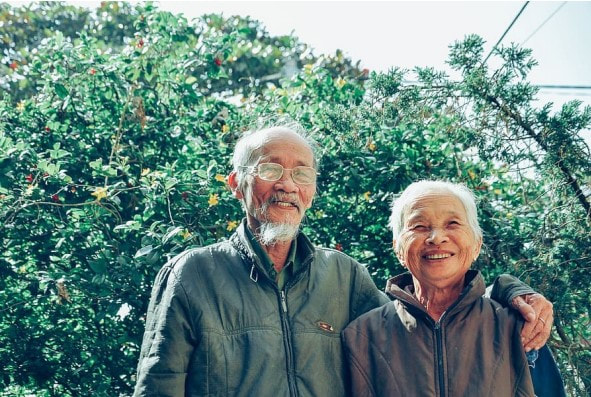How the built environment shapes anage-friendly community:
|
| ||
|
Citation: Dr Ka Shing, Dr Ling-Hin, Dr Fan (2023). How the built environment shapes an age-friendly community: Evidence from Guangzhou, China.
London: Property Research Trust DOI: https://doi.org/10.52915/DSSE8667 Authors Dr Ka Shing, Cheung Dr Ling-Hin, Li Dr Fan, Wu |
Summary:
The world is experiencing two demographic transitions, i.e., ageing population and urbanisation. By 2050, the global population is expected to increase by 2 billion to 9.7 billion in the next three decades, with the age group of 65 and over growing the fastest (UNDESA, 2019). In 2018, for the first time in history, persons aged 65 or above outnumbered children under five years of age globally. The number of persons aged 80 years or over is projected to triple, from 143 million in 2019 to 426 million in 2050. These trends suggest that ageing populations are a global issue across the world, in particular those developing countries. In five decades, it is estimated that over 80% of the global elderly population will be living in developing countries compared with 60% in 2005 (UNDESA, 2009). Recognising such a global phenomenon of an ageing population, creating environments where people of all ages can actively participate and being treated with respect becomes a priority. This is particularly relevant in the current economic climate, where service providers face challenges in providing the needs of the elderly in a time of austerity and shrinking health care budget. Keywords: Built environment, age-friendly community, Guangzhou, China, aging population, global phenomenon
|

